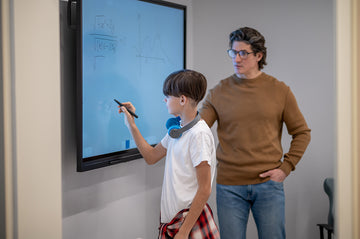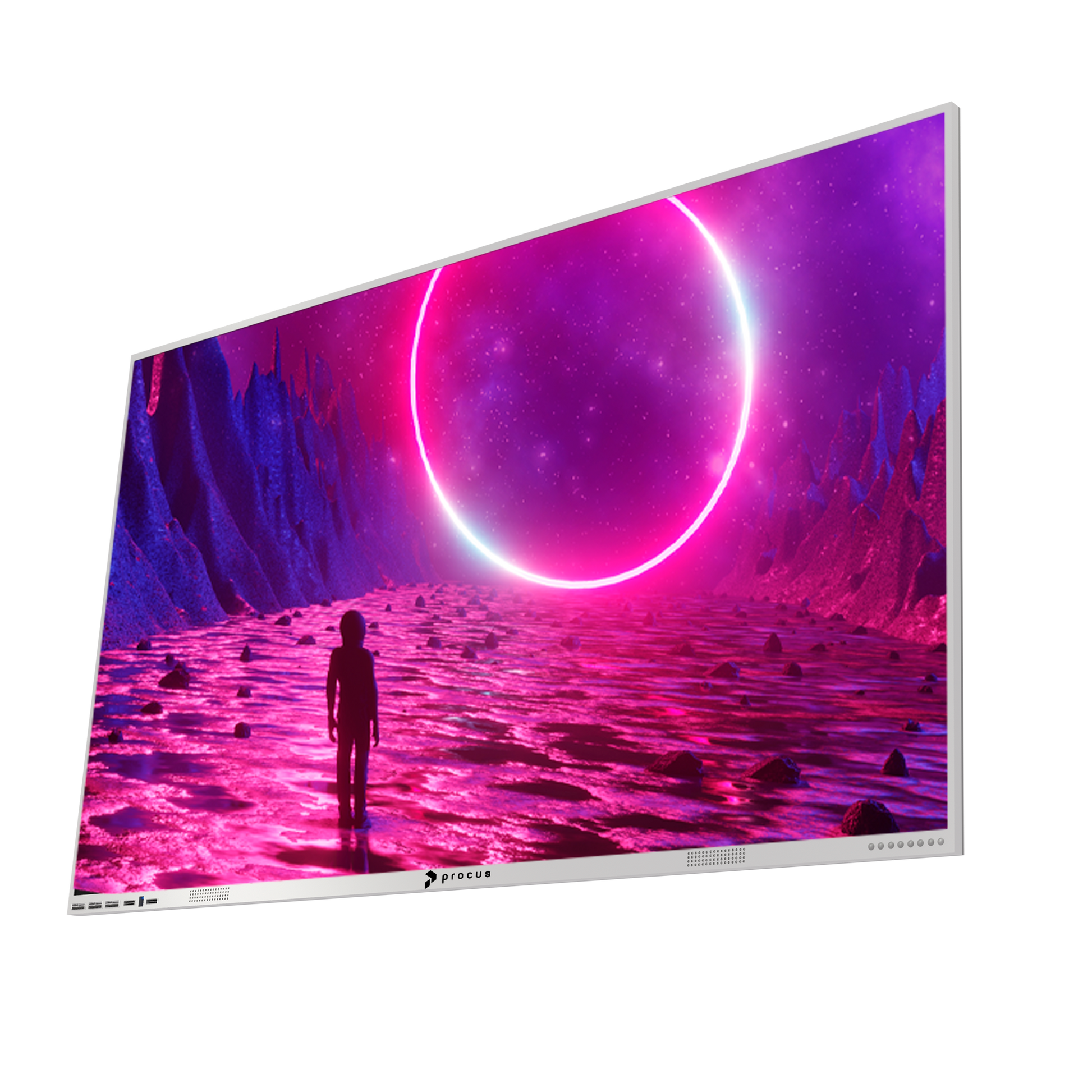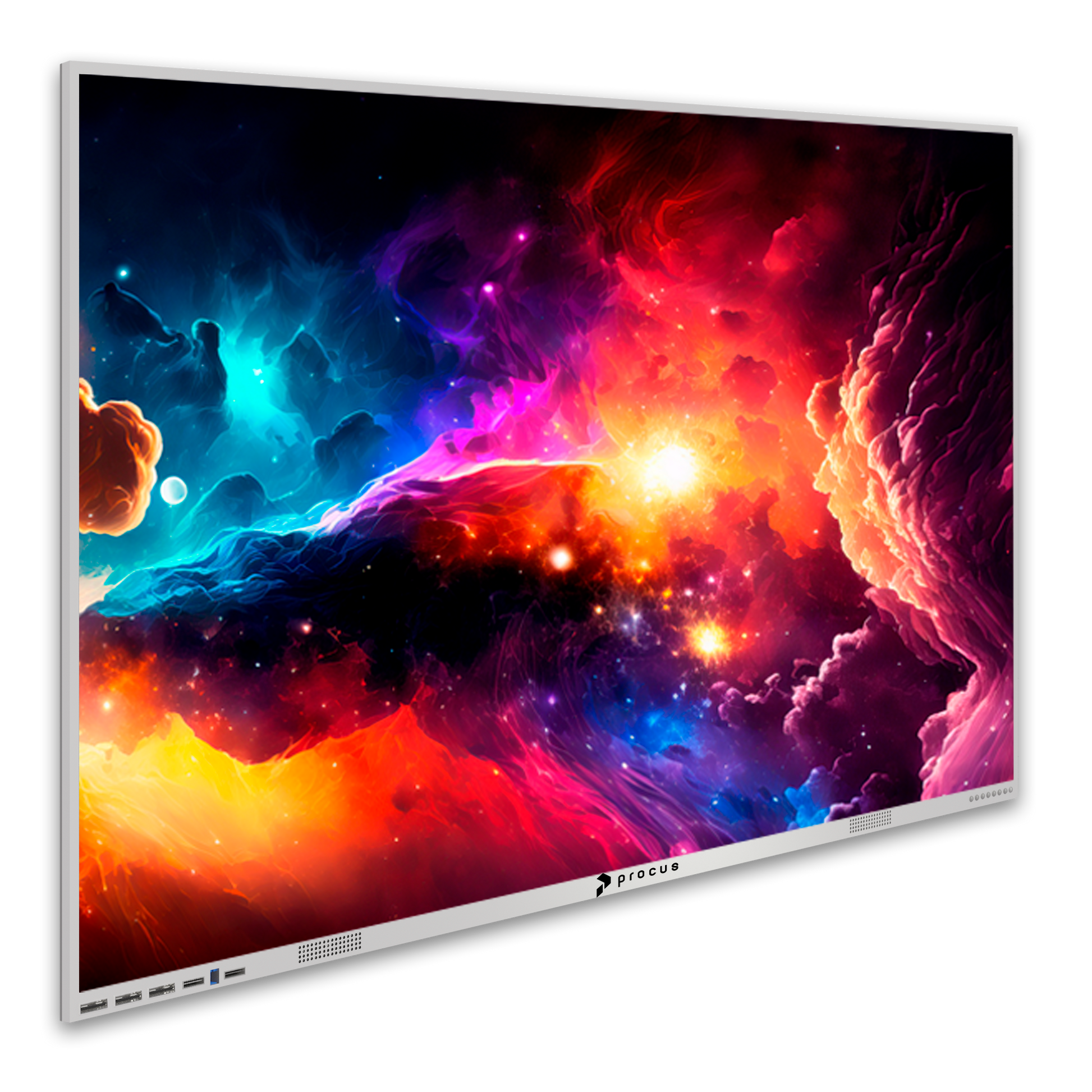Choosing the Right IFP (Interactive Flat Panel) for Your School: A Step-by-Step Guide
by Rajan Arora on Feb 07, 2023
Interactive flat panels (IFPs) are becoming increasingly popular in schools and colleges in India as they offer a range of benefits to students and teachers. They are an excellent tool for creating engaging and interactive learning experiences, and can help students to better understand complex concepts and ideas. However, with so many options on the market, it can be challenging to choose the right one for your school. In this article, we will provide a step-by-step guide to help you make the best choice.
Step 1: Determine Your Needs
The first step in choosing the right IFP for your school is to determine your needs. This includes considering the size of the panels you need, the type of connectivity you require, and the features you need. You should also consider the number of panels you will need, as well as the location of the panels within your school.
Step 2: Consider the Technical Features
Once you have determined your needs, it is time to consider the technical features of the IFPs you are interested in. This includes the size and resolution of the panels, the type of touch technology they use, and their connectivity options. You should also consider the operating system they use, and whether they come with pre-installed software and apps.
Step 3: Look at the User Experience
The user experience is one of the most important factors to consider when choosing an IFP. You should look for panels that are easy to use and intuitive, and that offer a range of tools and features to help you create engaging and interactive learning experiences. You should also consider the durability and reliability of the panels, as well as their overall design and appearance.
Step 4: Compare
It is important to compare the costs and features of the IFPs you are interested in. You should consider the upfront cost, as well as any ongoing costs, such as maintenance and upgrades. You should also consider the overall value for money offered by each panel, and whether they offer a range of benefits and features that are worth the investment.
Step 5: Audio Quality
Audio quality is crucial in any educational environment as it helps in better communication and understanding between students and teachers. When choosing an IFP, consider the audio quality of the built-in speakers. Look for features like noise reduction and distortion prevention to ensure a clear and accurate audio experience.
Step 6: Compatibility with Other Devices
An IFP should be compatible with a wide range of devices to make the learning experience seamless. Look for panels that support connectivity with laptops, projectors, and other educational tools.
Step 7: Ease of Use
The IFP should be user-friendly and easy to operate for both teachers and students. A simple interface with intuitive touch controls, an easy-to-use software, and a quick start-up time are all important features to look for.
Step 8: After-Sales Service
Reliable and efficient after-sales service is crucial in ensuring the long-term use of an IFP. Look for a manufacturer that offers prompt and reliable customer service and technical support.
Step 9: Price
Price is an important consideration when choosing an IFP, but it should not be the only factor. Consider the long-term benefits of a higher-priced model that offers superior performance, durability, and compatibility.
Step 10: Brand Reputation
The brand reputation is also an important consideration. Look for a reputable and well-established brand that has a proven track record of delivering high-quality products.
With these considerations in mind, schools and colleges can easily choose the right IFP that meets their needs and provides a seamless and effective learning experience for their students and teachers. And for those looking for the perfect fit, Procus Horizon IFP stands out with its advanced features such as IR 20 Touch technology, OPS host module, intelligent light adjustment, and compatibility with a wide range of devices. Its full aluminum alloy panel structure and anodized surface process ensure durability and a sleek, professional appearance, making it a top choice for educational institutions.










